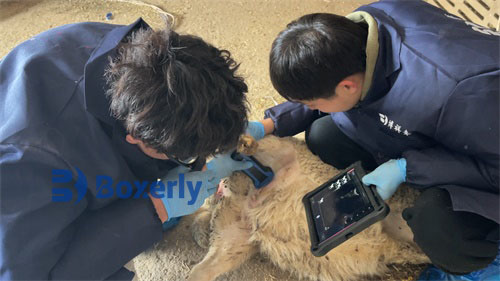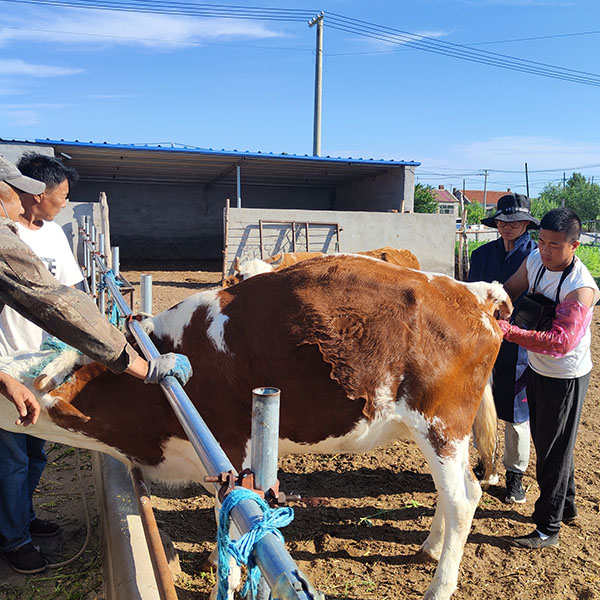Sheep farms and households tend to choose between two types of fattening sheep herds: one is the eliminated adult male and female sheep, and the other is the weaned non reserve male and female sheep.
Choosing different types of fattening sheep
The weight gain effect and feed efficiency of sheep vary at different stages of growth and development. Before fattening, it is best to use sheep ultrasound to observe indicators such as backfat thickness for judgment. Choosing to eliminate adult male and female sheep for fattening, as the sheep's body size has already taken shape, the main task of fattening at this time is to supplement feed and increase fat, improve meat quality. Generally, short-term fattening is used for 1-2 months, and the fattened sheep will be sold when they reach a medium to high fat condition. If the fattening time is too long, not only will the feed reward be reduced and the feeding cost increased, but also the sheep will be found to have a thick backfat deposition during B-ultrasound examination. On the contrary, it will make the meat thicker, enhance its flavor, and lower the quality of the meat.
Choose non reserve male and female sheep for fattening after weaning, as the sheep are in a period of vigorous weight gain. Therefore, for the fattening of such sheep, the diet should be reasonably formulated according to the feeding standards of different growth and development stages to meet the nutritional needs of fattening and weight gain of meat sheep. Generally, local sheep can reach a fattening weight of 20-35 kilograms, and hybrid sheep can reach a fattening weight of 25-50 kilograms. Sheep can be slaughtered after B-ultrasound examination, and fattening meat sheep can reach above average fat condition to ensure ideal feed return and ideal ketone body meat quality.
Sheep are herbivorous livestock with a wide range of feed sources. There are many types of feed that can be fed to sheep. Therefore, sheep farms and households should not only timely supplement their meat sheep with mixed concentrate feed to increase and maintain fat, but also regularly use sheep ultrasound to check backfat thickness. They should do everything possible to expand feed resources as needed to ensure relatively comprehensive nutrition. High quality green feed with good palatability, easy digestion, and low cost is supplied in a balanced manner year-round. And replace some of the refined feed with this to achieve the goal of reducing the cost of sheep farming.








